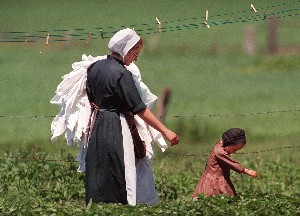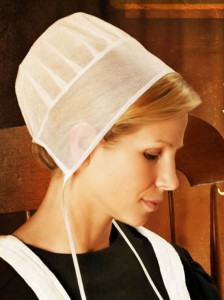Creating characters is probably the single-most important part of novel writing, and at the same time the most difficult. If your reader can’t identify with your characters, it won’t matter how exciting or ingenious the plot is – the reader will abandon your book for more believable characters elsewhere. Your readers will only be interested in “what happens next” if they care about the people at the heart of the action. The secret to great characters is making the audience care.
So how do you create characters that the readers care about? I think the secret is found within your own life. I find my characters in me, both the male and female ones. I create them through the filter of my own experiences. When my characters face a conflict, somewhere in their dilemma is a circumstance that I went through in my own life where I either met the challenge successfully or failed miserably. These incidents are the guideposts of every life and a good writer remembers them and articulates them in such a way that the reader can totally identify with the situation. That’s how you pull them into the story. Good writing is creating scenes where the audience can say, “I was there, I saw that very sunrise … I went through that identical trauma.”
With that in mind I would like to introduce you to the characters in The Apple Creek Dreams Series; characters that seemed to spring full grown out of the fertile soil around Apple Creek, Ohio to populate the pages of “A Quilt For Jenna.” Jerusha, Reuben, Jenna and Jenny Springer; Bobby Halverson, Henry Lowenstein, Mark Knepp, even Dutch Peterson and Edgar Thompkins. And in the second novel, “The Road Home,” you will meet a grown-up Jenny Springer, Jonathan Hershberger, Rachel and Robert St. Clair. These are people that I have come to know and even to love.
Yes, writers are strange.






patrick, I’m anxious to see how you introduce your characters. I think I use about 85 percent conversation to flesh out my people. You seem to spend much time on the background elements of the whole lifestyle. Of course, you are working with a lifestyle that in and of itself is the story…….when you’re not writing about amish, do you still do lots of background information.?
I started my little mystery introducing my three girls, their appearances, their differences, and their very different families. A literary friend read both that version and a new beginning chapter that is the excitement I wanted at the end of the first chapter. she couldn’t choose which would be the more interesting. I know you have to grab your audience but, these girls are their own story and I’m working on the plot now. Eleven chapters in I’ve got most of the characters introduced, and active and the set up of the mystery is done. now……the rest.
it’s just as I’ve read several of my short stories I see that they again, are mostly conversation with minimal settings….maybe it’s just my “style”?
thanks,,,,samm,
Samm,
I always try to use description and dialogue in equal measure. Remember that many of our life experiences and revelations are assimilated internally without dialogue. The art of description is a difficult one to master, but it can be very useful in bringing your reader into the heart of your story. If you have ever read Zane Grey you will understand what i mean. Try developing your descriptive abilities by doing writing excercises where you describe a sunset, or the contents of a room, or something that happened to just you.